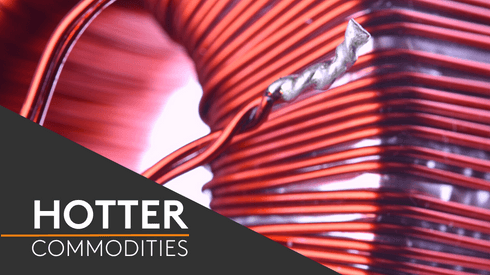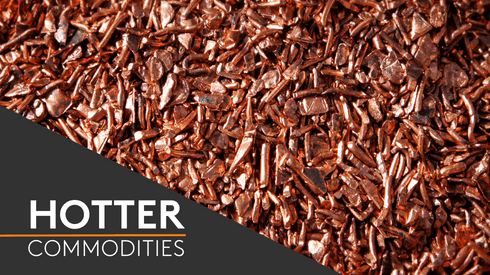Falling copper content in mined ore was one of the main reasons why overall production by the state-owned group reached 1.81 million tonnes during the year, below 1.84 million tonnes in 2017, according to the report.
“Despite this drop [in copper grades], which was foreseen in the projections and will be offset by the entry of operations of structural projects, internal production only saw a slight decrease of 3.3%,” the company added.
The group’s El Teniente mining and refining division reported almost unchanged volumes in 2018. The unit produced 465,000 tonnes of refined copper, compared with 464,000 tonnes in 2017. The Randomiro Tomic operations saw an increase to 333,000 tonnes, from 319,000 tonnes in the previous year.
On the other hand, Chuquicamata, its largest unit, recorded an output of 321,000 tonnes, down from 331,000 tonnes in 2017. The division’s flash smelter has been closed since December for construction to comply with new environmental regulations in Chile.
Chuquicamata is expected to resume normal operations in late April. Meanwhile, the mine’s underground expansion to 366,000 tonnes, from around 350,000 tonnes currently, is 76% complete, Codelco said.
All the other units reported a decrease in production. Output at Gabriela Mistral was 107,000 tonnes, from 123,000 tonnes in the previous year, and Ministro Hales produced 195,000 tonnes, from 215,000 tonnes in 2017. Andina’s output totaled 196,000 tonnes, compared to 220,000 tonnes.
Fastmarkets’ Asia-Pacific index for copper concentrate treatment and refining charges (TC/RC) was most recently calculated at $66.70 per tonne/6.67 cents per lb on March 29, down from $69 per tonne/6.90 cents per lb two weeks before, as Chinese smelters were accepting lower spot levels for the second quarter.
This the lowest TC/RC level since March 26, 2018, and reflects reduced copper concentrate spot supply.
Codelco’s earnings before interest, taxes, depreciation and amortization (Ebitda) was $4.7 billion in 2018, down from $5.59 billion in 2017. Lower realized copper prices and an increase in input costs were cited by the company as the main drivers of the decline.
Cathode net production costs stood at 219.6 cents per lb during the year, compared with 218 cents per lb in 2017.
The Chilean group also announced on Friday that it had reached an agreement with Enami to establish a new company that will explore copper assets in the Imbabura province, northern Ecuador.
The Llurimagua project, as it is called, has 3.85 billion tonnes in ore reserves, with an average 0.44% copper grade. Enami will own 51% of the new company and Codelco will hold 49% of shares. The final contract is expected to be signed in 45 days.




